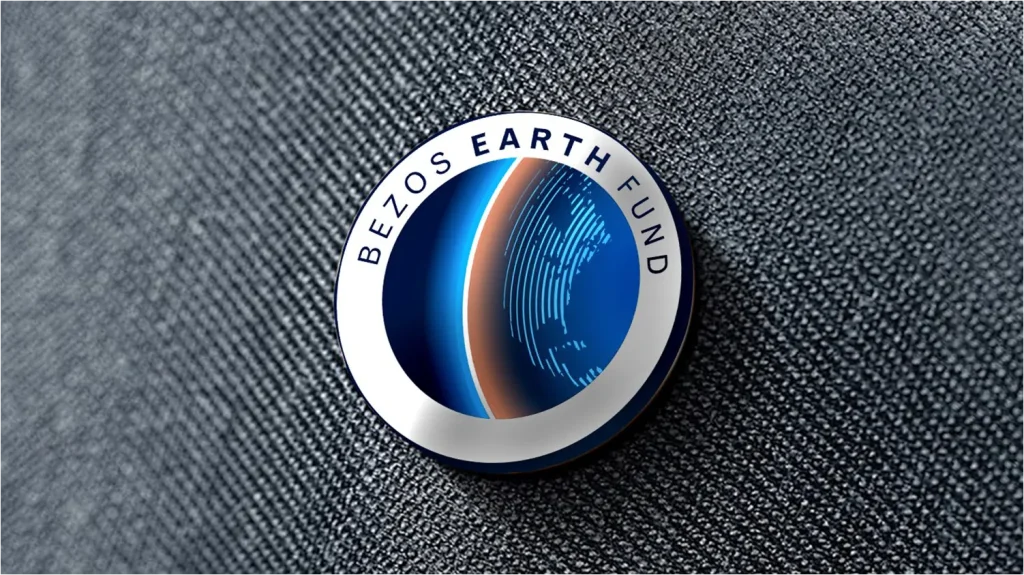Bezos Earth Fund Commits $30M to Scale AI Innovation for Climate and Nature Solutions

- The Bezos Earth Fund (BEF) is allocating US$30 million across 15 global teams in Phase II of its AI for Climate and Nature Grand Challenge, each receiving up to US$2 million to operationalise AI-driven solutions tackling biodiversity loss, food insecurity and climate risk.
- The initiative follows a Phase I roll-out in May 2025 in which 24 grantees received US$1.2 million in seed funding; the fund is structured to deploy up to US$100 million over several years.
- The funding model links frontier AI firms and data capability (including partnerships with AWS, Microsoft Research, Google.org, Esri) with on-the-ground conservation and food system actors. Corporate and institutional investors should consider how AI-enabled interventions may now move from proof-of-concept into scale (and risk) across climate/nature portfolios.
A decisive step in the AI-climate nexus
The Bezos Earth Fund today confirmed it will award up to US$2 million each to 15 selected initiatives under the Phase II arm of its AI for Climate and Nature Grand Challenge. The fund, which announced its launch in April 2024 with a US$100 million commitment to bridge AI, climate and biodiversity, has now entered its implementation phase.
Where prior philanthropic efforts have focused solely on grants to conservation, this move signals a more layered investment model: early-stage seeding followed by scale-up capital and in-kind access to compute, AI platforms and mentoring via leading technology firms. The fund is explicit about aligning technical innovation with frontline climate and nature actors.
Focus areas and selected interventions
The Grand Challenge is structured around three primary domains — sustainable proteins, power grid optimisation, and biodiversity conservation — plus a wildcard category for disruptive ideas.
Among the Phase II awardees:
- A project led by Wildlife Conservation Society to deploy computer-vision AI for mapping climate-resilient coral reef systems.
- A team at New York Botanical Garden using computer-vision models to automate plant-species identification.
- An initiative at University of the Witwatersrand (South Africa) building FineCast — an AI-powered forecasting toolkit for African agriculture.
- A collaboration with The Nature Conservancy deploying edge-AI to curb illegal fishing in the Pacific.
These interventions span continents and ecosystems, and point to a shift from proof-of-concept into real-world deployment.
Governance, funding and partnership implications
For corporate executives and asset owners, three governance strands stand out. First, the BEF model exemplifies philanthropic capital structuring that mirrors venture-scale deployment rather than traditional grant-making. The seed-to-scale pathway offers rich precedent for blended finance in climate and nature domains.
Second, the partnerships with major technology providers (e.g., Amazon Web Services, Microsoft Research, Google.org, Esri) underline the growing intersection of climate/nature initiatives and frontier computing. That means scrutiny on data governance, algorithmic bias, energy consumption of AI and equitable access to outcomes.
Third, from an ESG and investment-risk perspective, the launch of Phase II means scaling risk is shifting from concept to execution. Investors in climate-tech will need to evaluate reliability of AI-driven interventions, metrics and monitoring-reporting-verification (MRV) frameworks, and the potential for regulatory oversight in areas such as biodiversity credits, digital surveillance of ecosystems and food-system transformation.
RELATED ARTICLE: Bezos Earth Fund Partners on Research Initiative to Aid Fossil Fuel-Dependent Economies
Investor and executive take-aways
- Corporate sustainability officers should consider how AI-driven tools could integrate into their decarbonisation, nature-positive or supply-chain transformation strategies — for example, in optimising EV charging, converting food waste into microbial protein, or protecting marine ecosystems.
- Institutional investors should note philanthropic capital is moving from ideation into scaling. That may create new partnership opportunities (co-funding, offtake, deployment) and new risk vectors (technology failure, data privacy, governance lapses).
- Policymakers and boards should track this space for emerging standards around AI in climate and nature. As AI prototypes move into production, regulatory scrutiny may intensify on how such tools measure emissions, biodiversity impact or food-system shifts.
Why global relevance matters
Climate change and nature loss are global systemic threats; the deployment of modern AI to address them raises questions not just of innovation but of equity, governance and risk. By selecting teams across five continents and focusing on varied ecosystems — from African agriculture to Pacific reefs — the Bezos Earth Fund is positioning AI as a geographically inclusive lever.
Yet the question for the C-suite and investors is whether the next 24 months of implementation will deliver measurable outcomes at scale — and how those outcomes feed into the broader architecture of sustainable finance, digital regulation and climate integrity standards. The world will watch whether these grants translate into replicable, auditable change.
As this next chapter unfolds, stakeholders should stay alert: the point of inflection will not be the funding announcement but when AI-driven interventions begin to shift the needle on emissions, biodiversity loss or food-system resilience.
Follow ESG News on LinkedIn












